Although the pandemic that has lasted for three years brought huge challenges to the Chinese market, according to official data, the total amount of imported fruit in the Chinese market has continued to grow in the past three years, and the structure has changed.
Recently, Shanghai Fruit Expo released an overview of China's fruit imports. Kurt, from the organization, conducted relevant market exchanges with FreshPlaza. Kurt believes that as the pandemic controls are relaxed, the flow of people increases and the catering, exhibition, and tourism industries resume their business, the demand for imported fruits will significantly increase, and the growth rate of imported fruit is expected to soar. "The current 7 million tons of imported fruits are not worth mentioning in view of China's total consumption of 300 million tons."
Click to download China Fruit Import Overview
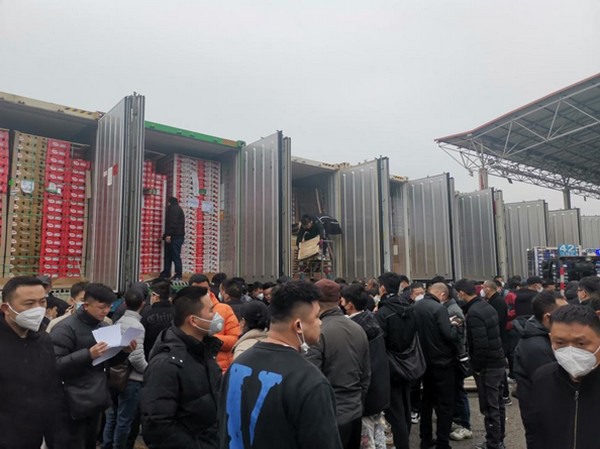
China's fruit imports have grown significantly in the past three years
During the three years of the pandemic, although many importers said that their import volumes have dropped sharply and market sales have been slow, it can be seen from the data that the total amount of fruit imported into the Chinese market is increasing, and the structure has changed.
"First of all, the impact of the pandemic on different origins and importers is not the same. Imports of "western fruits" such as citrus and grapes have decreased, but the total volume of tropical fruits from Southeast Asia has maintained a constant increase, which can easily make up the difference. This difference can be seen from the overall situation of the two wholesale markets in East China.
"Shanghai's Huizhan Market trades mainly western fruits, which are greatly affected by the pandemic, while Jiaxing Haiguangxing Market, which mainly trades Southeast Asian tropical fruits, still maintains a rapid growth.
"Secondly, the growth rate of import value exceeds the import volume, which indicates the structural change of imported products. China imports more high-value fruits, such as cherries, durians, and blueberries. Next to it, China Customs has cracked down on low price declarations in recent years, which has increased the declared price. The increase in international freight and customs price management is also one of the reasons for the significant increase in imports," Kurt said.
"Chilean cherries are an outstanding example. The sales of Chilean cherries in the previous three seasons were affected by the pandemic. In the cherry season of 2019-2020, with the lockdown of Wuhan as the dividing line, the sales price of cherries during the Spring Festival fell precipitously.
"In the 20-21 season, affected by the news of the detection of COVID-19 on the products, the price was once "comminuted". Again, in the 21-22 season, due to the excessive concentration of cherry express ships unloading in Hong Kong, and the lack of the customs clearance capacity of the Hong Kong-Shenzhen channel, the efficiency has been greatly slowed down, the quality of cherries has been lost, and the price has been dragged down.” said Kurt.
"In the 22-23 season, most Chinese people recovered from COVID-19 before the Spring Festival, and consumption has also recovered. Cherries have become popular during the Spring Festival. Therefore, the sales of Chilean cherries this year are also very smooth, and the wholesale price is also more stable. Thanks to the end of China's pandemic prevention measures, customs clearance, domestic sales and logistics of imported fruit are back on track. The destination ports of the cherries are also more diversified. Most of the ships are directly unloaded at mainland ports in China, which is more efficient and lower logistics costs, making the customs clearance of cherries very smooth.
"It needs to be made clear that Chilean cherries are currently highly dependent on the Chinese market. Although Chile is also working hard to diversify its export markets, other emerging markets are still unable to change the position of the Chinese market. At least so far, no matter how the Chinese market behaves, most Chilean cherries have decided to go to the Chinese market.” said Kurt.
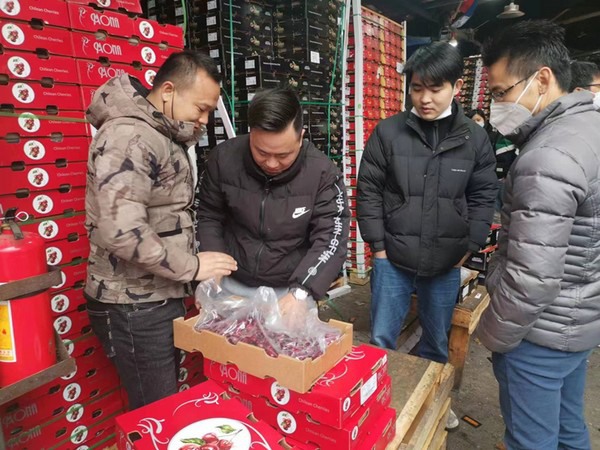
There is a large gap between the supply and demand of high-quality fruits in the market
Kurt believes that in the Chinese market, the counter-seasonal advantage of fruits from the southern hemisphere still exists, and the advantage of tropical fruits in Southeast Asia still exists. It will become more and more difficult for the regions in the northern hemisphere that shares the same production season in the Chinese market, but all imported fruits will face the competitive pressure of domestic fruit quality, quantity and variety, and Chinese consumers will become more mature and pickier.
"The end of the pandemic in China is a great benefit. The flow of people has increased, and the catering, exhibition, and tourism industries have resumed, the demand for imported fruits will significantly increase, and the growth rate of imported fruit is expected to soar."
"In order to make up for the gap between the supply and demand of high-quality fruit, a large amount of capital and people have entered the field of domestic fruit planting, especially fruit importers and distribution companies with rich product experience. A large number of new varieties are undergoing trial planting, some of which have achieved commercial success, and the quality of domestic fruit in China will continue to improve. "
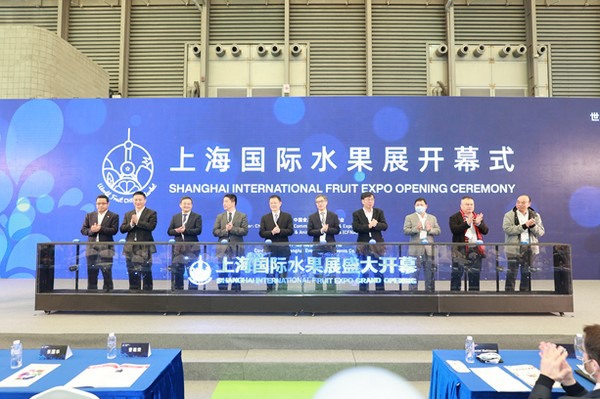
"Shanghai Fruit Expo is very suitable for exporters whose business focus is on the Chinese market"
In November 2021, the first Shanghai International Fruit Expo was successfully held, bringing high-quality fruits from all over the world to the Chinese mainland market for display.
"In 2023, we will participate the second Shanghai International Fruit Expo. In addition to the luxurious lineup of the first edition, many new faces have joined, especially the boutique fruit-cultivation companies that have emerged from all over China. Because the people covered by the Expo are mainly domestic importers and distributors of high-quality fruits, it highly meets their needs. A number of overseas exhibitors also expressed that China's adjustment of the pandemic prevention policy will help resume international exchange and business travels, which gradually restores optimism in the market. Many new overseas exhibitors expressed their strong willingness to participate and visit the exhibition."
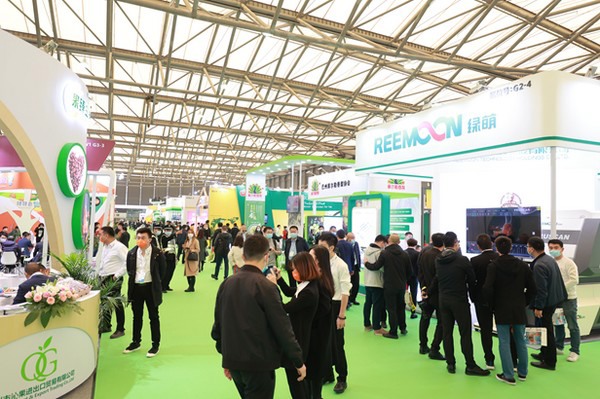
"Coincidentally, the schedule of this year's Hong Kong Expo is seamlessly connected with the Shanghai Expo. The Hong Kong Expo is held after the Shanghai Expo. I think this is a very good thing for the entire fruit industry," Kurt said.
"The Hong Kong Expo has a strong Asia-Pacific element, and the Shanghai Expo has a strong mainland China locality. The two exhibitions are developed together and form a complementarity. They are linked together to form a complete "Fruit Week", which is more convenient for industry insiders to communicate and interact together. In fact, many overseas exporters going to the Hong Kong Expo will visit the Chinese mainland market before and afterward. The Shanghai Expo will bring Chinese merchants together, making these visits more efficient and comprehensive. "
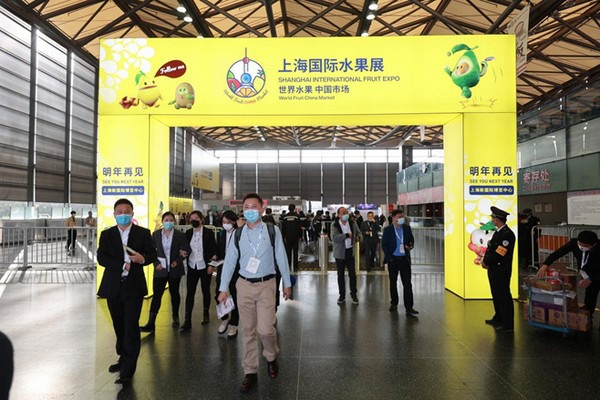
"For three years, international travel has been almost totally interrupted. While China is fighting against the pandemic, domestic construction has not stagnated. Friends in the overseas fruit industry should also be very interested in visiting mainland China after four years," Kurt said.
"For those who don’t have time to visit both exhibitions at the same time, how to choose? My suggestion is that if their business development focuses on the Chinese market, they should come to the Shanghai Expo. There is no doubt about it.”
